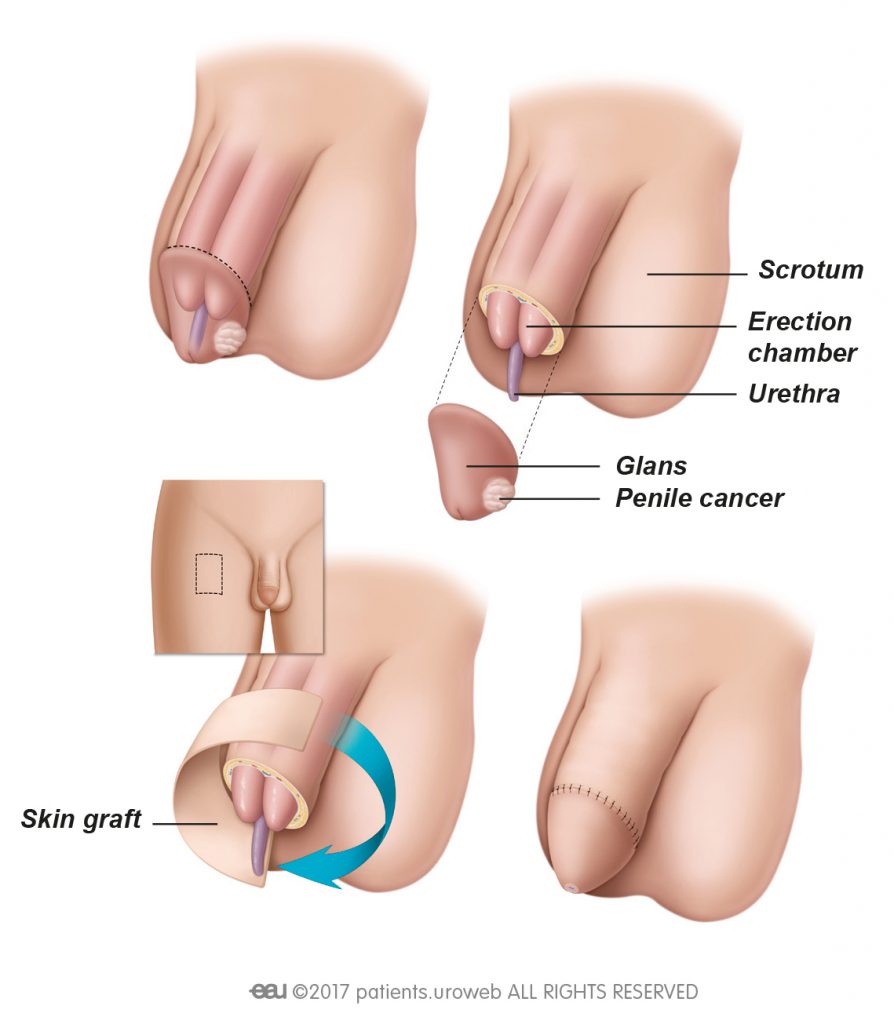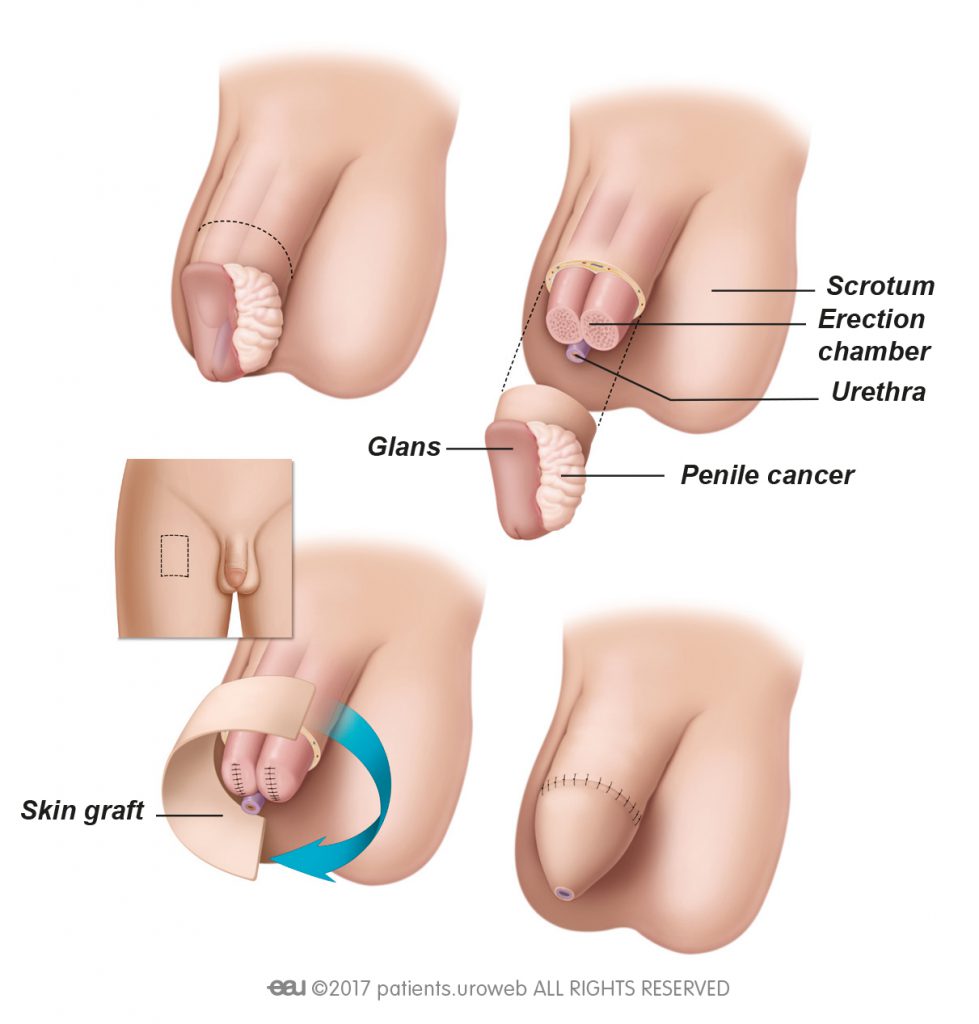- Information & Support
- Penile Cancer
- Testicular Cancer
- Prostate Cancer
- About Prostate Cancer
- Risk Factors for Prostate Cancer
- Prostate Cancer Diagnosis
- Biopsy Results
- Staging Prostate Cancer
- Localised Prostate Cancer
- Non Localised Prostate Cancer
- Prostate Cancer Support
- Awareness & Education
- About Awareness and Education
- Take Three
- Downloadable Resources
- Merchandise and badges
- Active Participation in Male Cancer Awareness in Prisons
- Warn-A-Brother
- Personal Stories
- Ask the Experts
- Young Person’s Testicular Cancer Project
- Information for Schools
- Male Cancer Awareness Roadshows
- Male Cancer Awareness Talks
- Male Cancer Awareness Week
- Four Nations Penile Cancer Programme
- International Penile Cancer Awareness Day
- Manversation
- Overcoming the Barriers to Engaging with Prostate Cancer
- Changing Lives, Engaging Black African and Black Caribbean Men Affected by Prostate Cancer
- Workforce Health and Wellbeing
- Standard of Information
- Support Services
- Support Groups
- Healthcare Professionals
- Get Involved
- All our events
- Downloadable fundraising materials
- Fundraise for Orchid
- Donate
- Corporate Partnerships
- Fundraising Guidelines
- Charitable Trusts and Foundations
- Our Research
- About Orchid
- Contact Us
- Confidential male cancer helpline 0808 802 0010
- Donate
-
- Information & Support
- Penile Cancer
- Testicular Cancer
- Prostate Cancer
- About Prostate Cancer
- Risk Factors for Prostate Cancer
- Prostate Cancer Diagnosis
- Biopsy Results
- Staging Prostate Cancer
- Localised Prostate Cancer
- Non Localised Prostate Cancer
- Prostate Cancer Support
- Awareness & Education
- About Awareness and Education
- Take Three
- Downloadable Resources
- Merchandise and badges
- Active Participation in Male Cancer Awareness in Prisons
- Warn-A-Brother
- Personal Stories
- Ask the Experts
- Young Person’s Testicular Cancer Project
- Information for Schools
- Male Cancer Awareness Roadshows
- Male Cancer Awareness Talks
- Male Cancer Awareness Week
- Four Nations Penile Cancer Programme
- International Penile Cancer Awareness Day
- Manversation
- Overcoming the Barriers to Engaging with Prostate Cancer
- Changing Lives, Engaging Black African and Black Caribbean Men Affected by Prostate Cancer
- Workforce Health and Wellbeing
- Standard of Information
- Support Services
- Support Groups
- Healthcare Professionals
- Get Involved
- All our events
- Downloadable fundraising materials
- Fundraise for Orchid
- Donate
- Corporate Partnerships
- Fundraising Guidelines
- Charitable Trusts and Foundations
- Our Research
- About Orchid
- Contact Us
Surgery for penile cancer
The aim of all surgery is to preserve as much of the penis as possible while removing all of the cancer. Surgery will change the appearance of your penis and you should discuss how the penis may look after surgery with your surgeon. It may take up to 3-months for the penis to fully heal and its appearance will improve over time.
If you are finding it difficult to prepare psychologically for surgery, you should consider asking to be referred to a cancer counsellor to talk through your fears and concerns.
Glans resurfacing
This involves removing the surface tissue from the end of the penis and taking biopsies from deeper within it to check for cancer. A small section of skin may be removed from the thigh and used to replace the area of the penis which has been affected (skin graft).
Partial Glansectomy
This is the removal of part of the head of the penis (glans) that has been affected by cancer. It may be suitable for smaller tumours occupying less than half the head of the penis. The surgeon can rebuild the part of the penis that has been removed, using part of the foreskin, shaft skin or by using a skin graft.

Glansectomy
This is performed for cancer that is confined to the end of the penis (glans penis) and involves removing the whole of the glans. To make the penis look as normal as possible after surgery skin may be taken from the thigh and used as a skin graft to make a new glans. Alternatively, the foreskin may sometimes be used if it has no cancerous areas. This can achieve a good cosmetic result, but the penis will be shorter than before surgery.
Partial Penectomy
This is surgery to remove more of the penis than just the end. Skin may be taken from another area of the body such as the thigh to replace the part of the penis which has been removed (skin graft).

Total (Radical) Penectomy
This is an operation to remove the whole of the penis. The urethra or water pipe will be used to make a urinary passage called a perineal urethrostomy. This will mean that men will need to sit down on a toilet to pass urine. The sensation or need to pass urine should not be affected.



After Surgery (in all cases)
After your surgery it is important you follow instructions given to you by your specialist team.
- Painkillers should be taken regularly as prescribed.
- The penis will have surgical dressings covering it which will usually be left in place for up to 5 days. Doctors and nurses will check these dressings and the site of the operation regularly for bleeding or infection. Baths or showers should be avoided during this time, and you may be advised to have a salt bath after 14 days. You should pat the operation site dry with a clean towel or gauze and avoid any material that may leave fibres on the site. Alternatively, a hairdryer on a cold setting can be used to gently dry the area.
- If a graft has been taken from the thigh a waterproof dressing will be applied which will need to remain on for 2-weeks. As the site of the skin graft heals it may cause an unusual odour which can cause alarm, but this is us a result of the natural healing process. You should be aware that the colour of a skin graft may be a slightly different colour to the normal colour of your penis.
- Stitches will be dissolvable but may take 4 – 6 weeks to dissolve.
- You will need a minimum of 4 weeks off work.
After Surgery (glansectomy, partial penectomy)
- You will need to remain in bed for up to 48 hours after the operation (this is called bed rest) to allow the skin graft to join to the penis.
- To protect the urethra (water pipe) from becoming damaged during surgery a urinary catheter (urine drainage tube) will be inserted into the bladder. This will need to stay in for 5 – 7 days. Information about urinary catheters can be found here. This also gives the skin graft on your penis a chance to heal.
After Surgery (total penectomy)
- Blood or fluid can sometimes gather at the operation site and a small plastic tube(s) called a wound drain(s) may be inserted during the operation. This will allow excess fluid to drain naturally and healing to take place. The wound drain(s) will usually be removed after 24 hours.
- To protect the urethra (water pipe) from becoming damaged during surgery a urinary catheter (urine drainage tube) will be inserted into the bladder. This will need to stay in for 7-14 days. Information about urinary catheters can be found here.
- You will need to avoid strenuous activity such as heavy lifting/ shopping and gardening for 4 – 6 weeks after surgery while the wound heals. You may need to wear anti embolism stockings (anti blood clot stockings) to protect the circulation in your legs for some time after the operation. Blood thinning medication may also be given in the form of injections.
The areas of the penis which have been removed during surgery will be analysed in a laboratory to see how cancer has affected them. It may take a few weeks for the results to be ready. You will then be informed of the results and whether any further treatment is needed.

Patient Comments
My husband wore one of my t shirt nighties which is quite oversized, and he loved it. He said it was so comfortable and didn’t rub anywhere whilst maintaining his dignity. Also make sure the catheter is fastened at the top of the leg with a support.
When I returned home from my operation those first couple of days were tricky to get around. Trying to put pants on was out of the question. I wrapped myself up in a cotton bed sheet. I could wrap this around me like a toga if I needed to move.
I had a partial penectomy, and the swelling went down in about 5 weeks and I was back on my motorcycle at 7 weeks, sometimes you have to push yourself past the pain.

Reviewed November 2023
Glansectomy and partial penectomy pictures courtesy of the European Association of Urology
